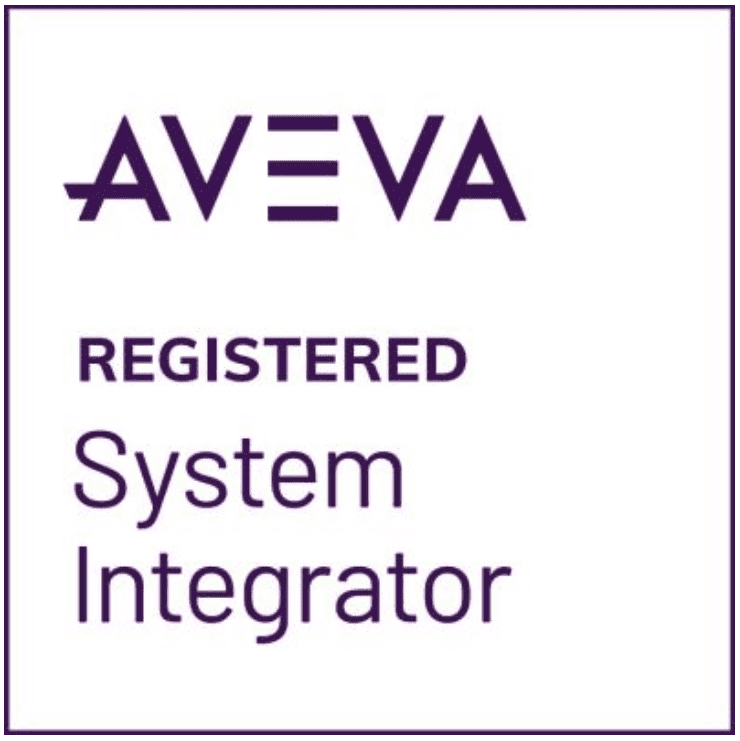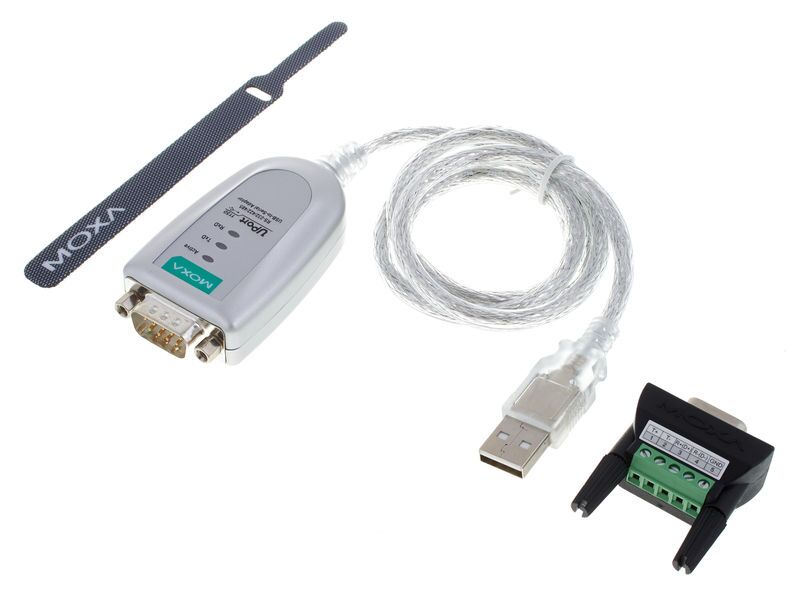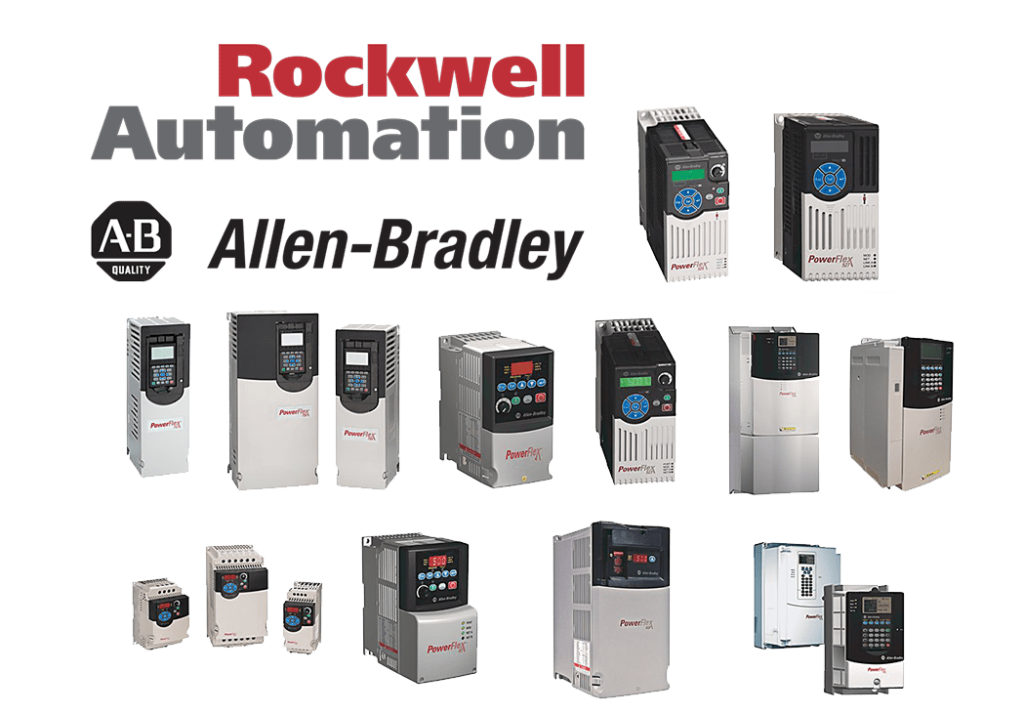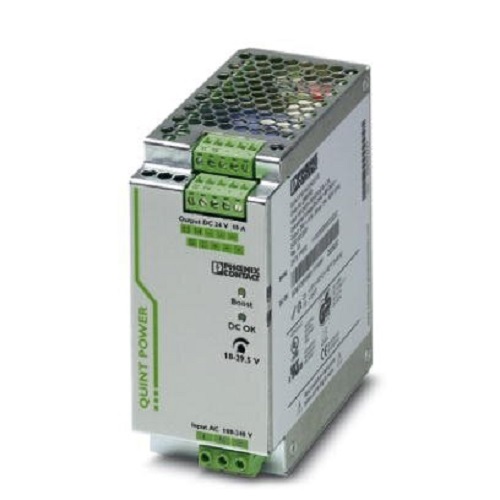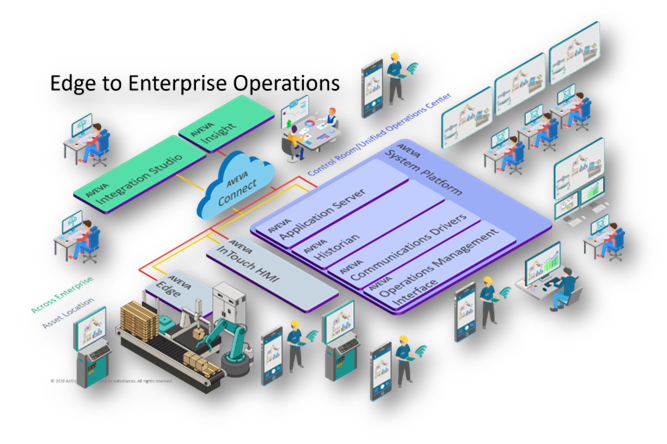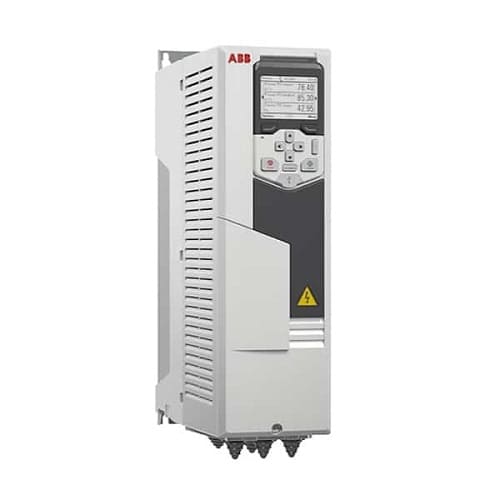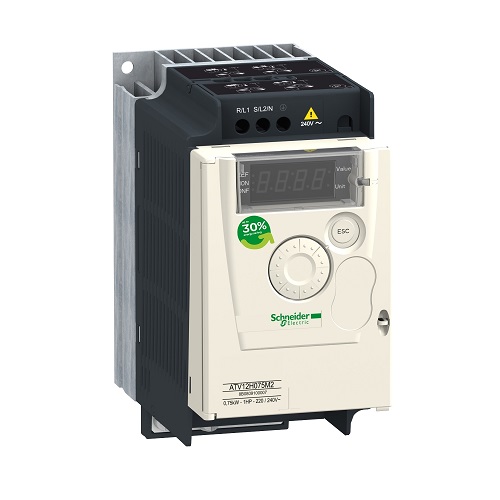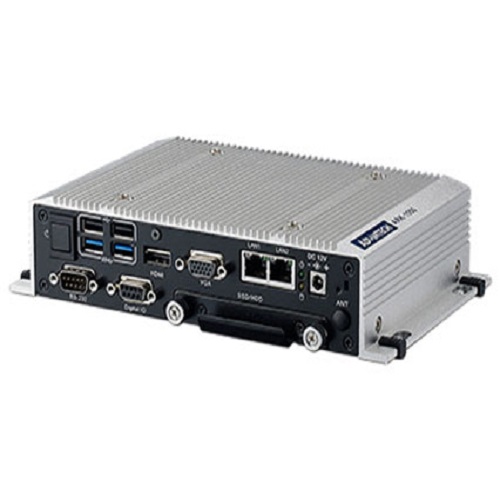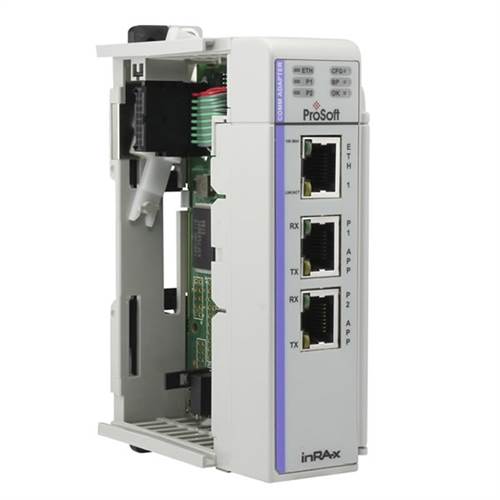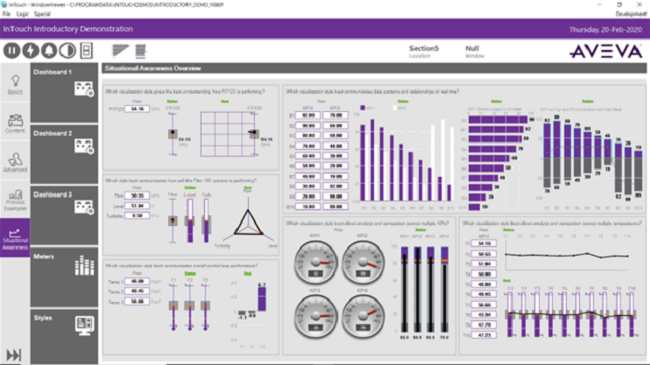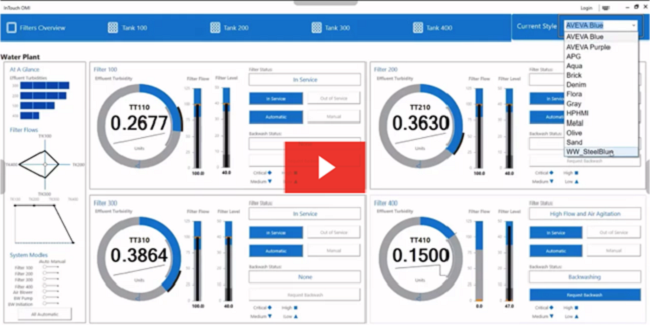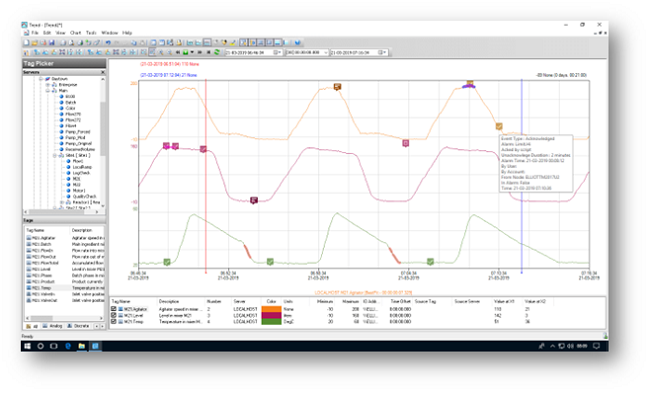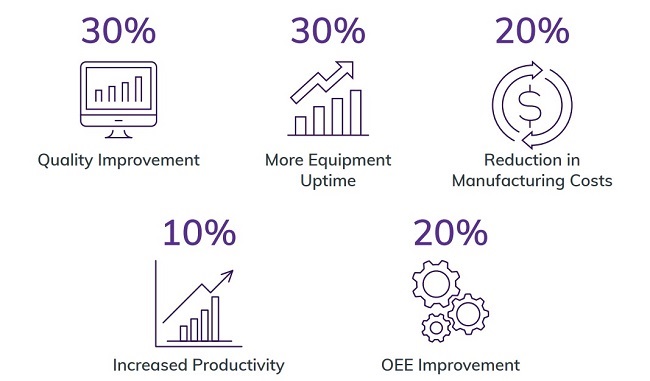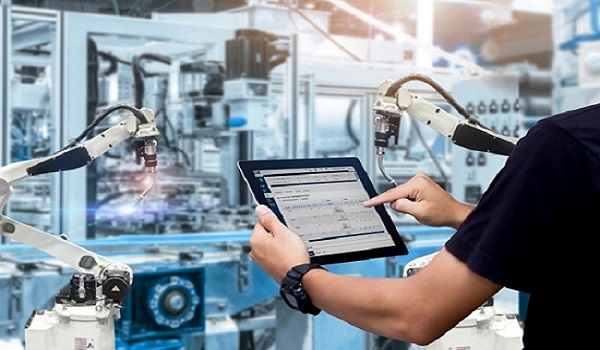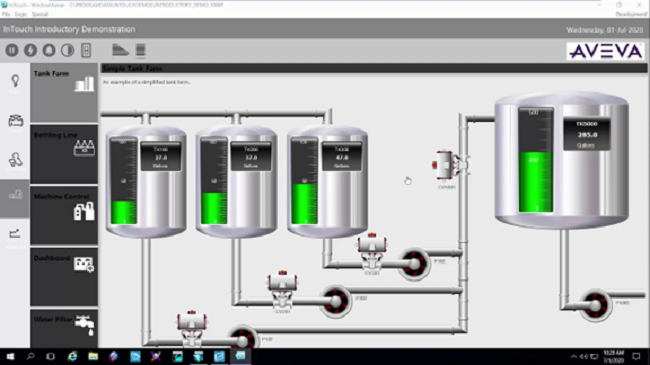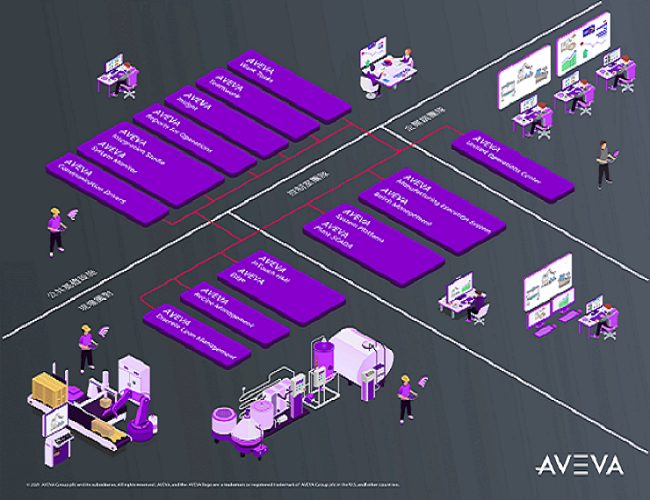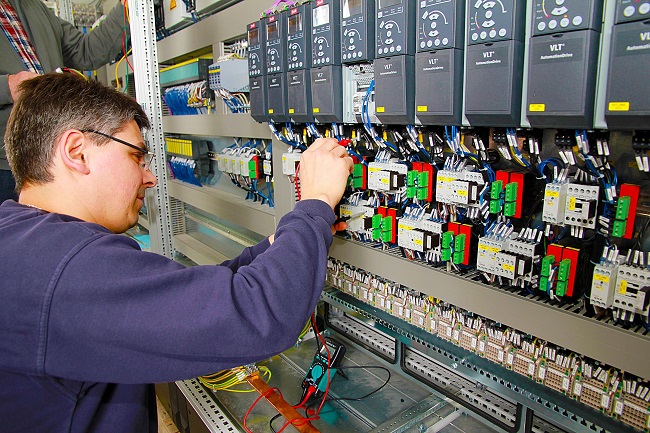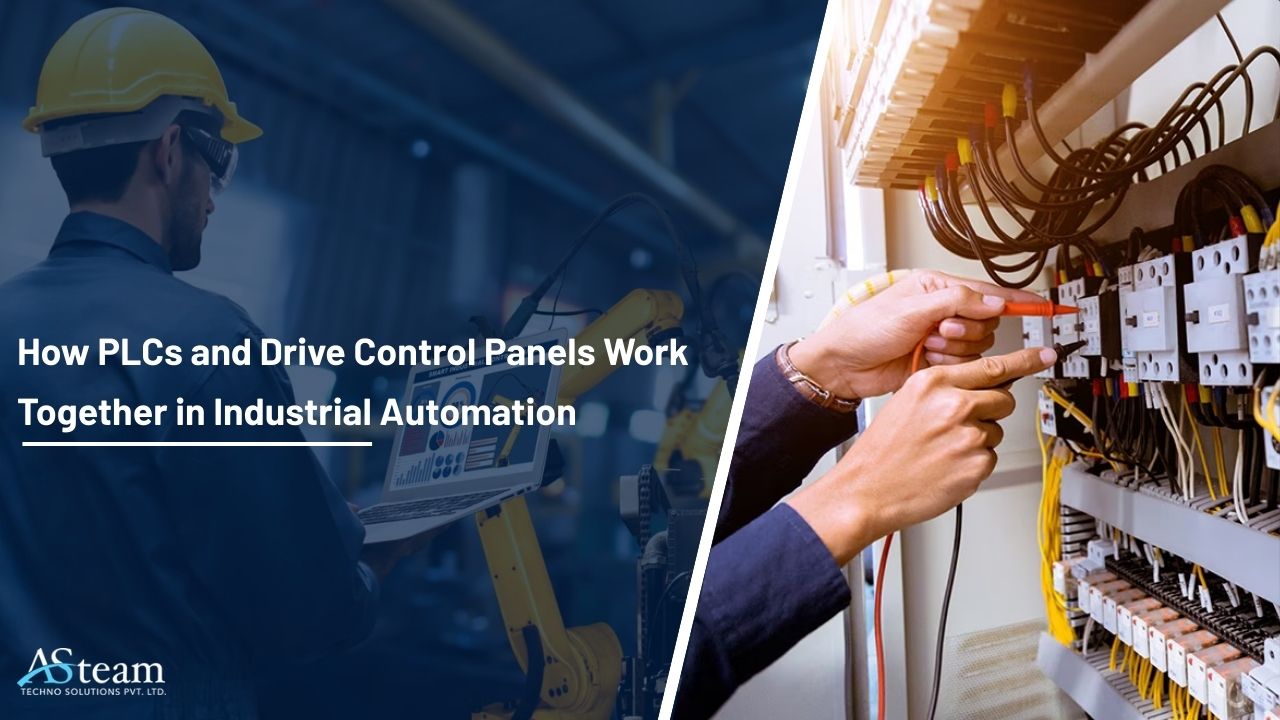Programmable Logic Controllers (PLCs) and Drive Control Panels work closely together to create efficient, reliable, and flexible control systems. Each plays a distinct but complementary role: the PLC acts as the brain, while the drive control panel acts as the muscle, managing the motors and machinery based on the PLC’s instructions.
What are PLCs and Drive Control Panels?
Programmable Logic Controllers (PLCs) are specialized computers used to automate industrial processes. They receive inputs from sensors, execute a programmed sequence of operations, and control outputs like actuators and motors.
Drive Control Panels, on the other hand, house motor drives, also known as Variable Frequency Drives (VFDs), and other components needed to control the speed, torque, and direction of electric motors. These panels regulate the motor’s performance to meet the application's demands efficiently and safely.
Functions of a PLC
- Input Processing: Sensors, switches, and other system input devices send signals to PLCs. These inputs offer up-to-date information on the condition of the machinery or process.
- Decision-Making: The PLC evaluates inputs and makes logical conclusions to determine the necessary outputs using pre-written programming.
- Output Control: Following decision-making, the PLC manages machines and systems by controlling actuators, motors, and other devices.
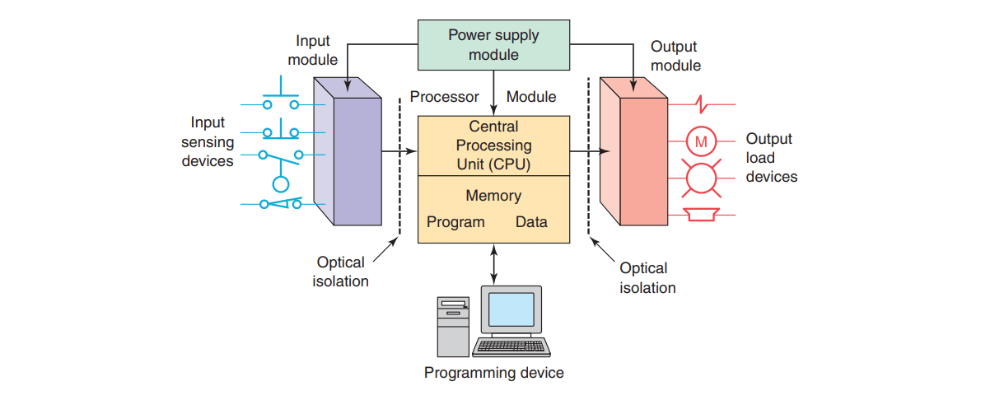
The Connection Between PLCs and Drive Control Panels
Communication:
PLCs and drive panels communicate using various protocols like Modbus, Profinet, and EtherCAT. The PLC uses these protocols to send commands to the drive panel, telling it to start, stop, or adjust the speed of motors or other equipment.
- EtherNet/IP
- Profibus
- Modbus
- Interbus
- ProfiNet
- ControlNet
- DeviceNet
- DirectNet
- CompoNet
- RAPIENet
- EtherCAT
- MelsecNet
- Optomux
- DF-1 Protocol
- HostLink Protocol
- MECHATROLINK
- DH- Data Highway
- PPI- Point to Point
- EtherNet Powerlink
- MPI- Multi-Point Interface
- EGD- Ethernet Global Data
Control:
The PLC's logic and programming determine how the drives and other devices in the control panel should behave. The PLC receives input data from sensors and switches and, based on its programmed logic, sends output signals to control the drives and other devices.
Monitoring and Feedback:
The drive panel relays real-time data back to the PLC, allowing it to monitor the status of the process and make adjustments as needed. This feedback loop enables the PLC to fine-tune the control process and ensure optimal performance.
Control Panel Function:
The drive control panel houses various components, including the PLC, input/output (I/O) modules, and other devices that interface with the industrial equipment being controlled. It provides a physical interface between the PLC and the machinery.
Communication Protocols in PLCs
Communication between machines is essential for efficient operations in contemporary production lines, such as those used in bottling plants, which are filled, capped, and labeled smoothly. The PLC (Programmable Logic Controller), which serves as the system's brain, is at the center of this coordination. In order for the PLC to communicate with different devices and sensors, communication protocols are essential.
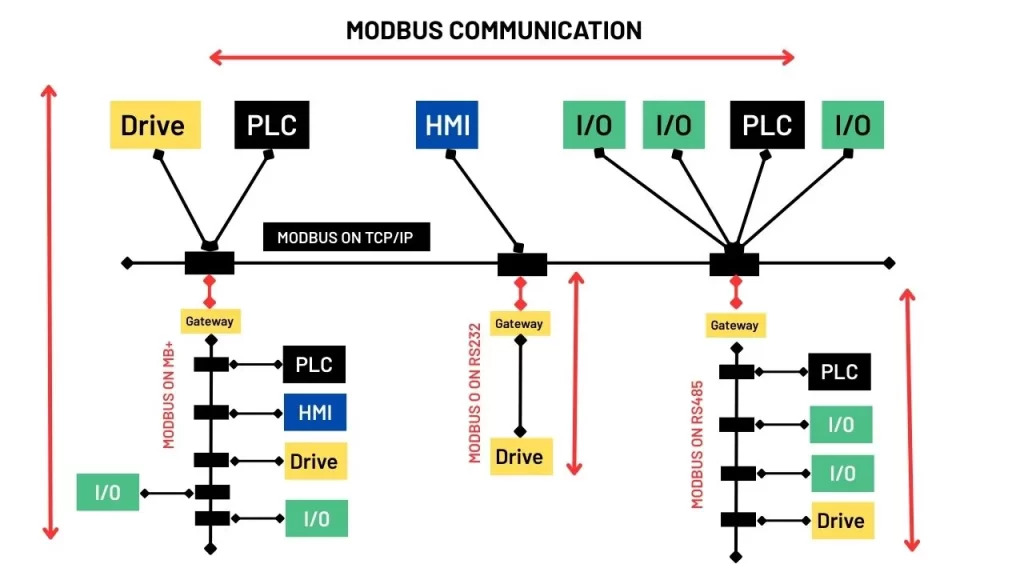
- Detecting the Bottle: When a bottle is in position, sensors identify it and send the information to the PLC using a protocol such as Profinet or Modbus. After processing this data, the PLC chooses the next course of action.
- Filling the Bottle: The PLC uses the chosen protocol to deliver a command to the filling machine after receiving the location confirmation. The machine confirms task accomplishment by sending feedback to the PLC after filling.
- Capping and Labeling: The capping and labeling machines are then consecutively instructed by the PLC, which communicates with them in real time to guarantee exact timing and synchronization.
Manufacturing operations would experience mistakes, delays, and inefficiencies in the absence of dependable communication channels. These procedures guarantee that every part of the production line functions in unison, increasing productivity and decreasing downtime, by facilitating smooth interaction.
Benefits of Integrating PLCs with Drive Control Panels
1. Centralized Control and Monitoring
PLCs allow centralized control of multiple drives and associated equipment. This consolidation simplifies wiring, reduces the need for individual controllers, and provides a single interface for monitoring and diagnostics.
2. Enhanced Automation and Flexibility
PLCs enable advanced automation logic, making it easier to execute complex sequences and interlock systems. They can dynamically adjust motor speeds, start/stop sequences, or process flows based on real-time input, improving system responsiveness.
3. Improved System Diagnostics and Maintenance
With integrated PLCs, faults and alarms from the drive can be logged, displayed, and even acted upon automatically. This supports predictive maintenance and reduces downtime by offering quick insight into system issues.
4. Energy Efficiency Optimization
PLCs can optimize energy use by coordinating drive speeds with load demand. This helps reduce unnecessary energy consumption and supports sustainability goals in industrial environments.
The collaboration between PLCs and drive control panels is essential for achieving high-performance automation. By managing logic and motor control in tandem, they ensure industrial systems are not only efficient but also intelligent and responsive. The seamless integration of PLCs and drive control panels lies at the heart of modern industrial automation. Together, they enable precise control, real-time monitoring, and efficient coordination of motor-driven processes across various industries. While PLCs act as the brain of the operation executing logic, managing inputs and outputs, and facilitating communication drive control panels serve as the muscle, regulating motor speed, torque, and direction.

